Indigenous Governance Database
Land/Jurisdiction

The Best Practices in Rural Alberta Project
The Best Practices in Rural Alberta Project culminated in September 2012, after two and a half years of community engagement; research into the examination of leadership strengths and practices; incredible youth development; and video capture in preparation for a documentary film. This documentary…
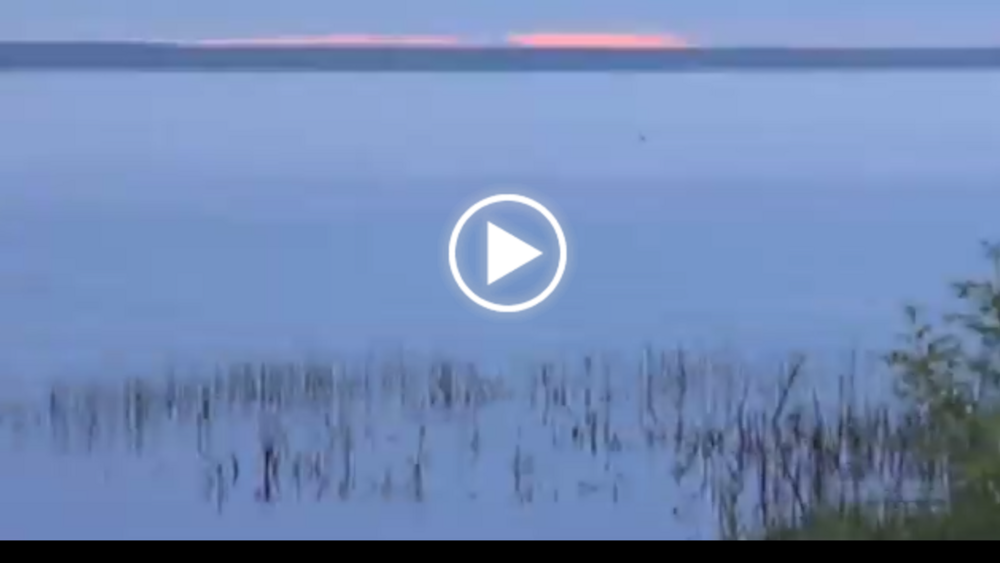
Why Treaties Matter (video)
This 15-minute video, produced by the National Museum of the American Indian, serves as a companion piece to "Why Treaties Matter - Self Government in the Dakota and Ojibwe Nations," a travelling exhibit on treaties between Dakota and Ojibwe people and the U.S. The film introduces the…
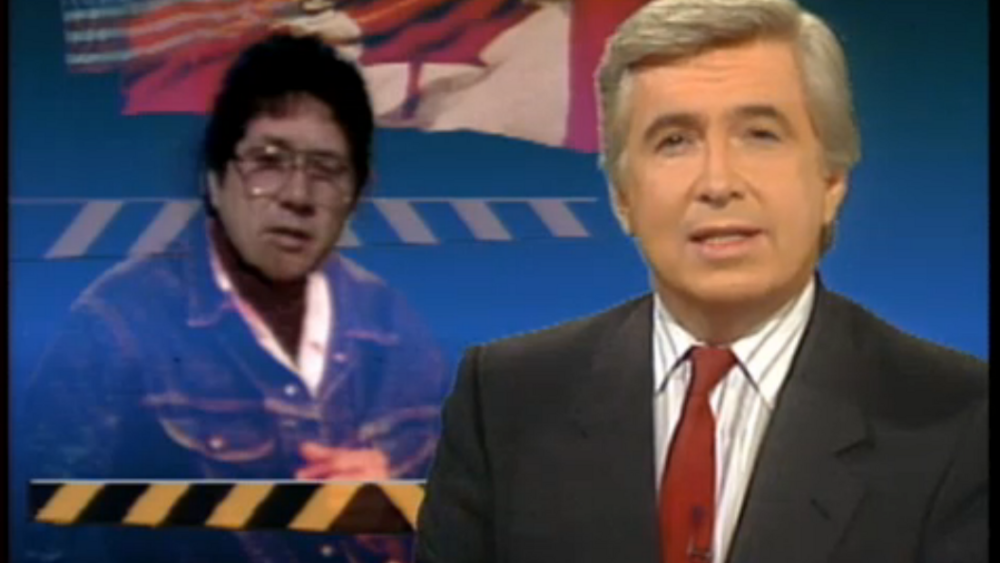
Cigarette smuggling and the Akwesasne Mohawk Reserve
In this CBC Television news report from 1988, reporter Bruce Garvey takes a long look at the selling -- some call smuggling -- of tax-free cigarettes at the Akwesasne Indian Reserve. Garvey presents this report on the difficulties created by the unique situation of the Akwesasne Indian Reserve,…
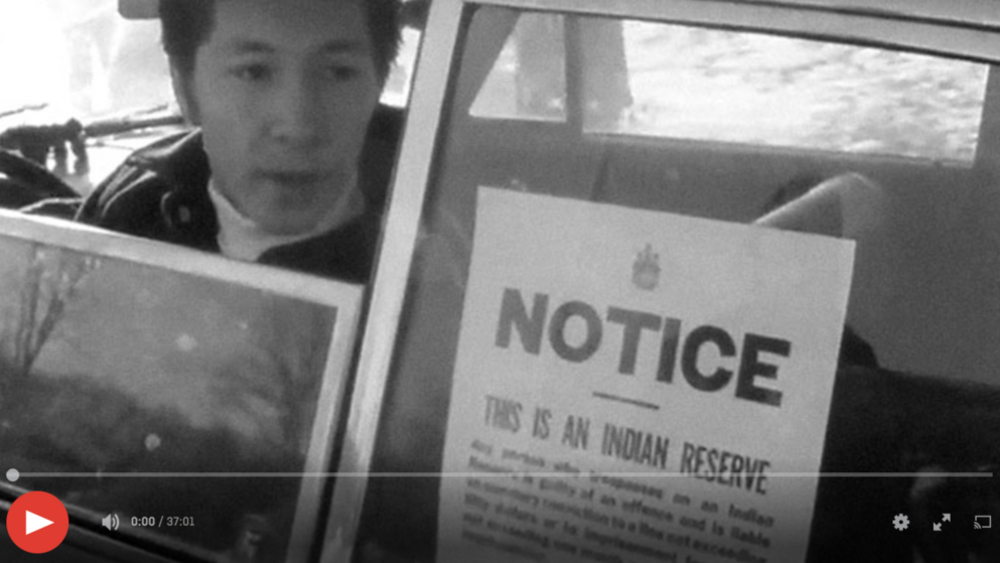
You Are on Indian Land
This film shows the confrontation between police and a 1969 demonstration by Mohawks of the St. Regis Reserve on the bridge between Canada and the United States near Cornwall, Ontario. By blocking traffic on the bridge, which is on the Reserve, the Indians drew public attention to their grievance…
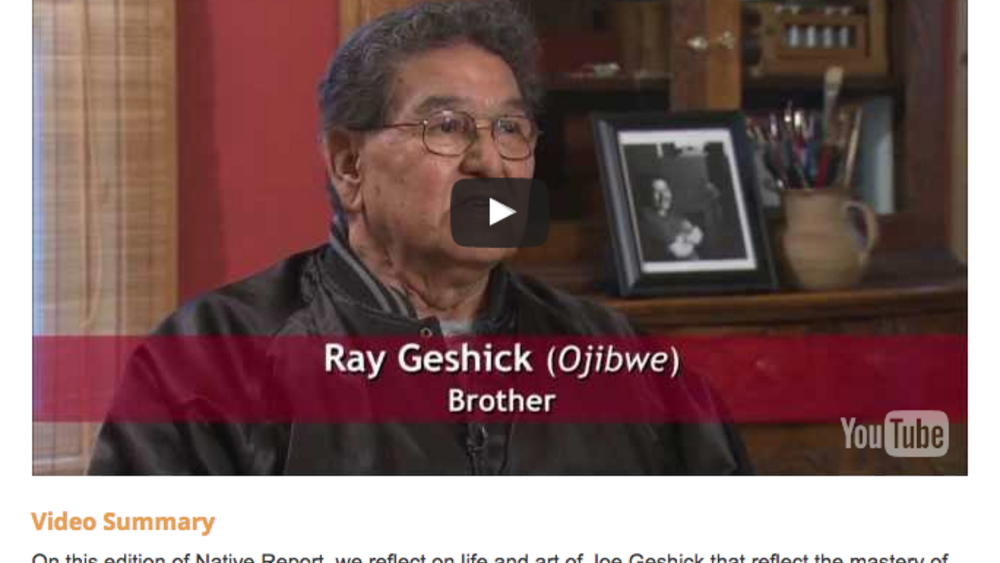
Native Report: Caricieri Decision
Native Report tackles the Caricieri Decision, a complex legal ruling that touches on issues of sovereignty, Indian gaming and the placement of tribal lands into "trust status."

Wilma Mankiller: Challenges Facing 21st Century Indigenous People
Recorded on October 2, 2008 at the Heard Museum in Phoenix, Wilma Mankiller, former principal chief of the Cherokee Nation and internationally known Native rights activist talks about “Challenges Facing 21st Century Indigenous People.†Mankiller talks of the diversity and uniqueness of the over…
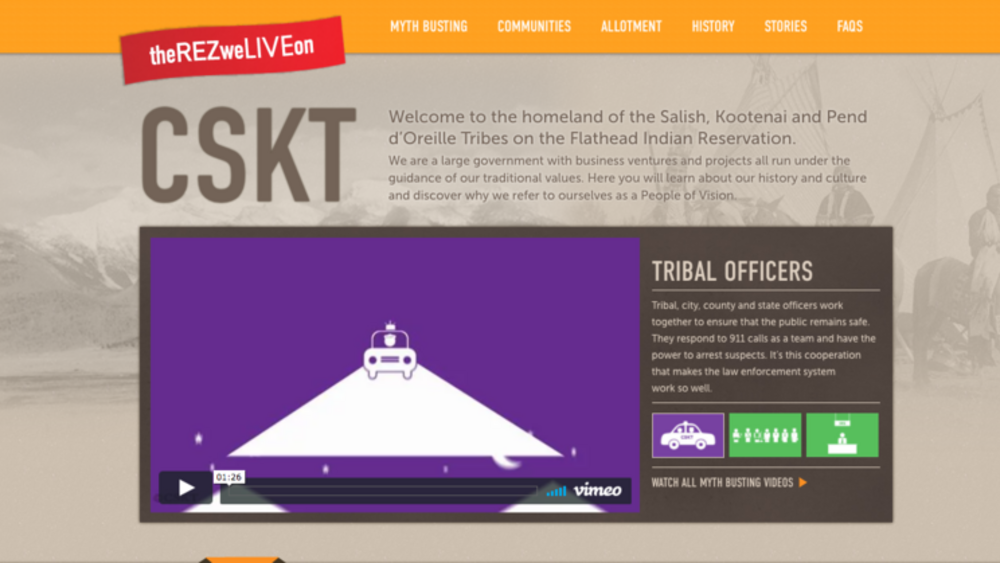
The Rez We Live On
The Confederated Salish and Kootenai Tribes produced this series of online videos in an effort to dispel untruths about life on the Flathead reservation in Montana. Consisting of 10 short, graphically based videos on topics ranging from Sovereignty to Taxes, "The Rez We Live On" site is geared…
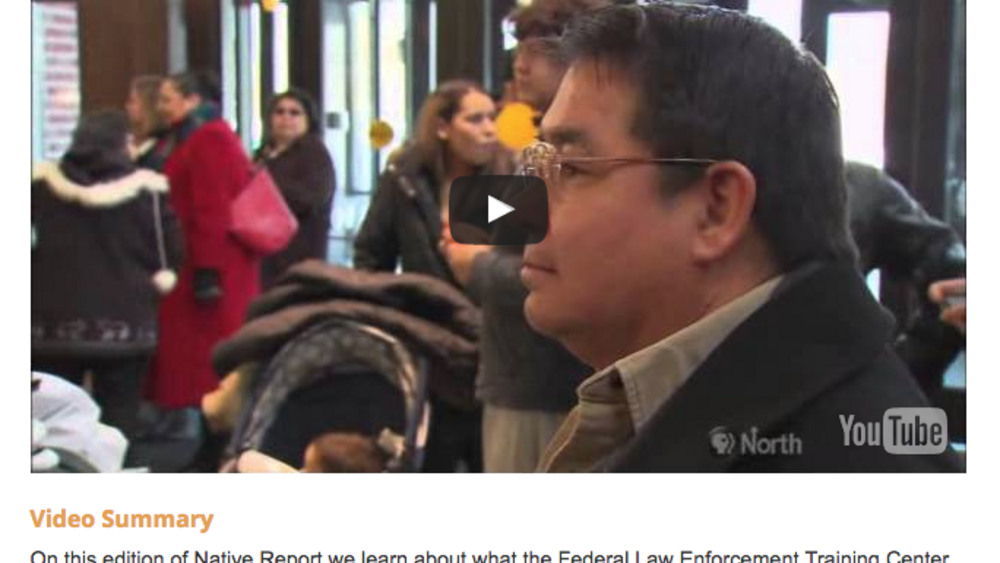
Native Report: Season 6: Episode 7
On this edition of Native Report we learn about what the Federal Law Enforcement Training Center is and why it's important to native people. We travel to the Bois Forte Band of Chippewa to learn about why a State of the Band Address matters to the people of the community and their neighbors; and we…
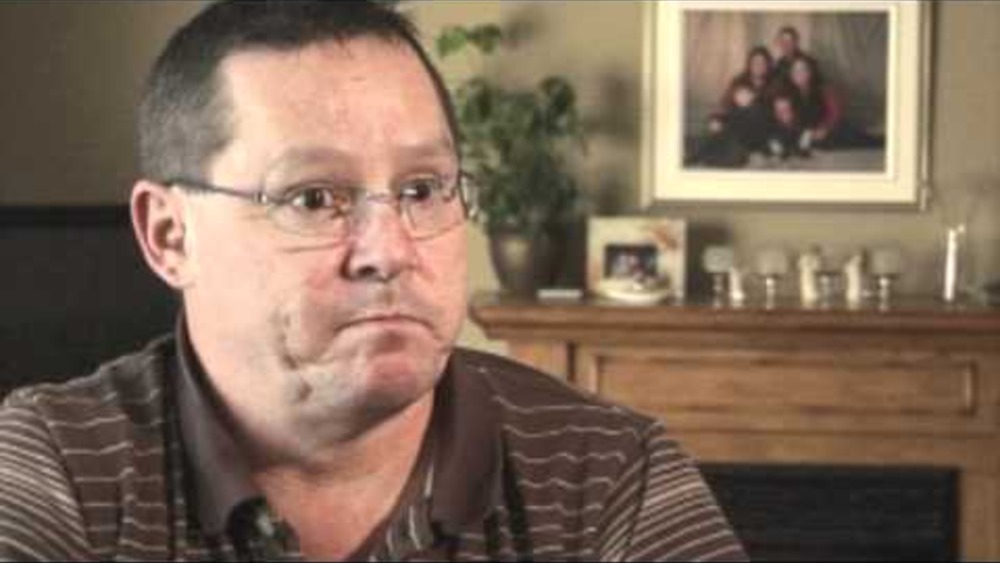
Mi'gmaq Nation Listuguj
The Listuguj Mi'gmaq Listuguj Nation started a movement to protect their salmon fisheries involving protests, arrests, and eventually organizing to establish fishery laws in eastern Quebec. They formalized documents and laws to assert their jurisdiction that began at a grass-roots level in the…
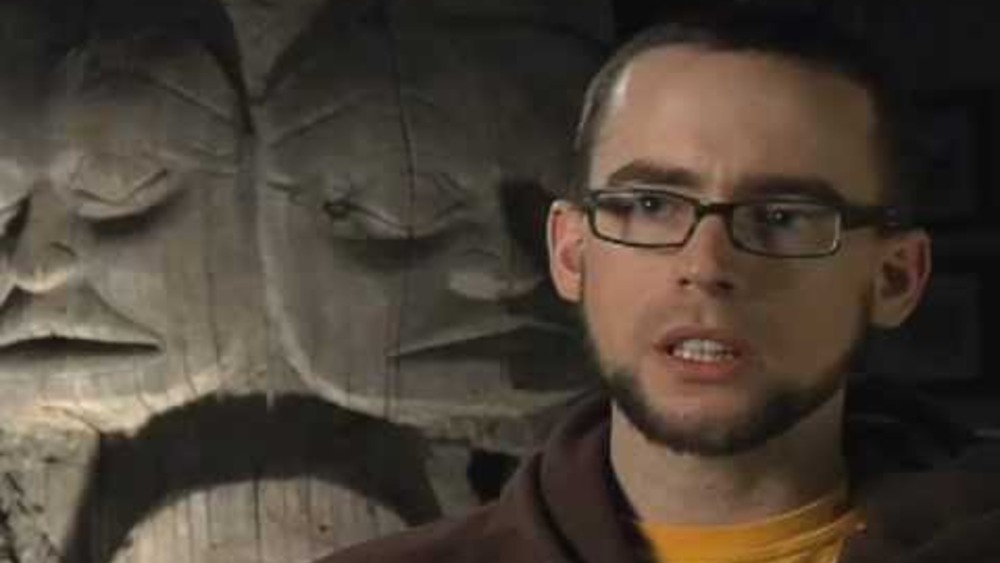
Gitanyow Nation: Land Use Planning to Protect their Territories
Gitanyow citizens, a nation with a strong system of hereditary chiefs, talk about the impacts of development on their traditional lands and how their land use plan has helped protect their territories.
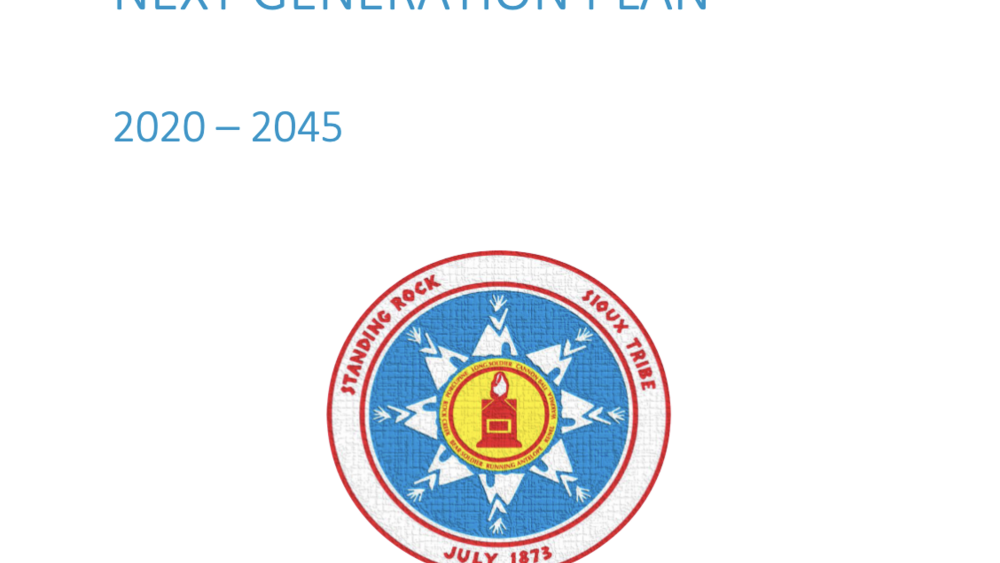
The Standing Rock Next Generation Plan
The Standing Rock Government is engaging in strategic planning. The Standing Rock strategic/government planning model differs from traditional planning models in that it defines 25 years as long term goals, 10 and 5 years as mid-term goals and takes into account the unique dynamics of the…
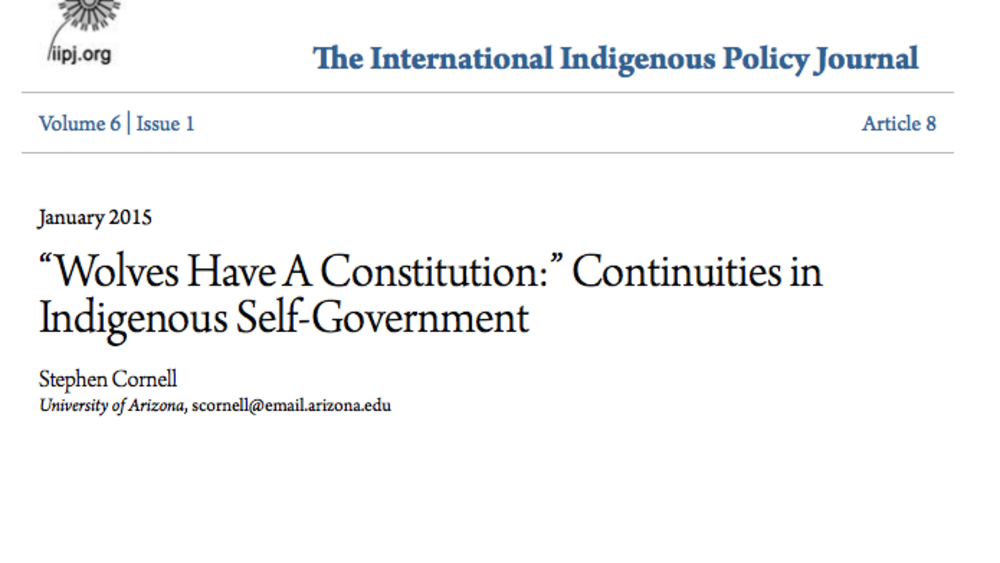
Wolves Have A Constitution: Continuities in Indigenous Self-Government
This article is about constitutionalism as an Indigenous tradition. The political idea of constitutionalism is the idea that the process of governing is itself governed by a set of foundational laws or rules. There is ample evidence that Indigenous nations in North America–and in Australia and New…
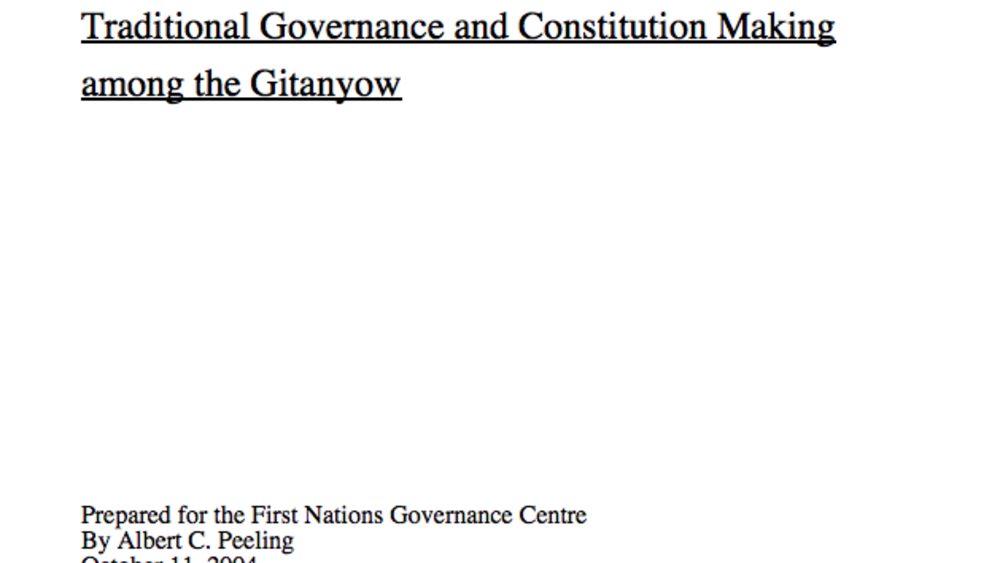
Traditional Governance and Constitution Making among the Gitanyow
This paper is a report on traditional governance and constitution making among the Gitanyow people prepared for the Gitanyow and for the First Nations Governance Centre. The Gitanyow are well along in the development of a national constitution based on traditional governance, and this paper will…
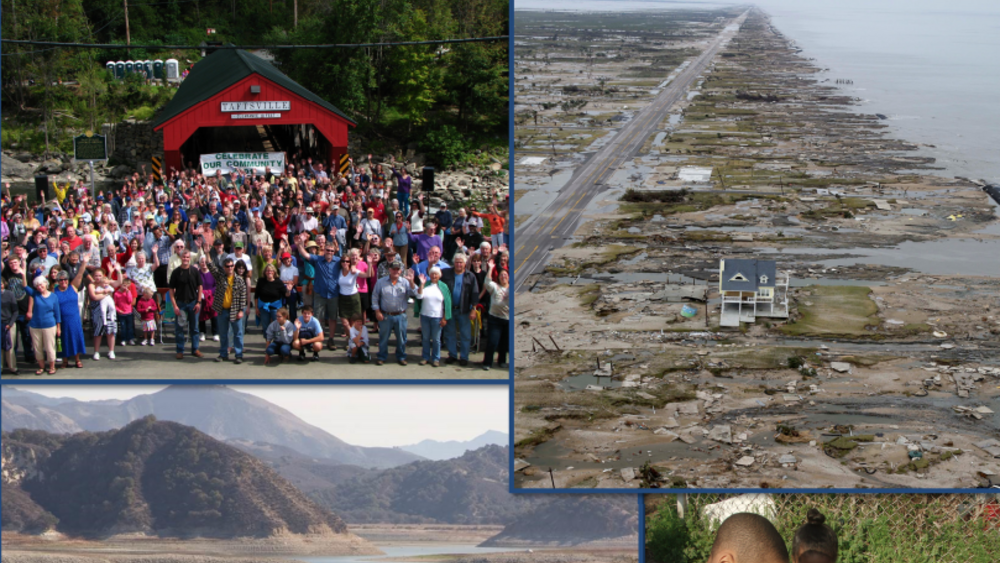
President's State, Local, and Tribal Leaders Task Force on Climate Preparedness and Resilience: Recommendations to the President
As the Third National Climate Assessment makes clear, climate change is already affecting communities in every region of the country as well as key sectors of the economy. Recent events like Hurricane Sandy in the Northeast, flooding throughout the Midwest, and severe drought in the West have…
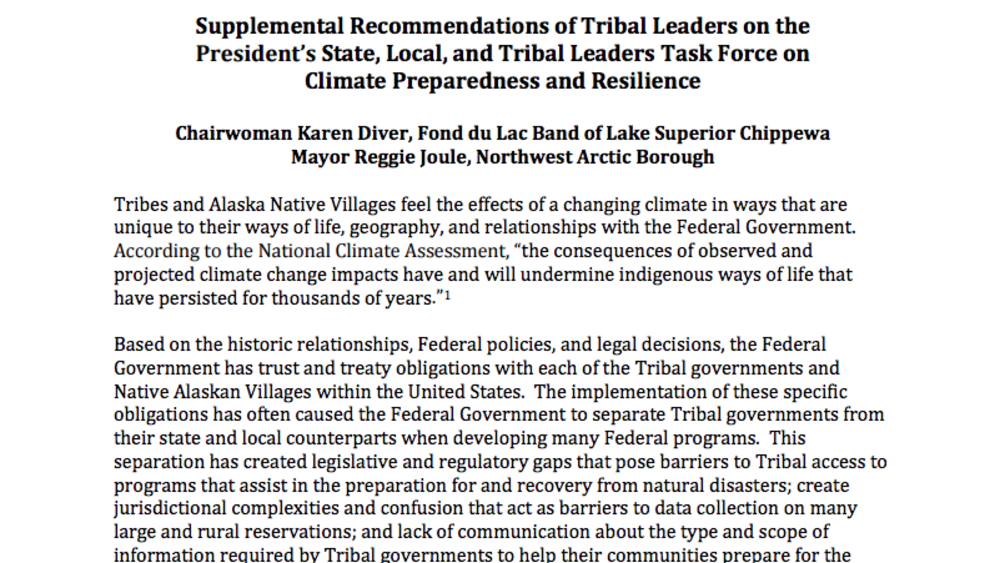
Supplemental Recommendations of Tribal Leaders on the President's State, Local, and Tribal Leaders Task Force on Climate Preparedness and Resilience
Tribes and Alaska Native Villages feel the effects of a changing climate in ways that are unique to their ways of life, geography, and relationships with the Federal Government. According to the National Climate Assessment, “the consequences of observed and projected climate change impacts have and…
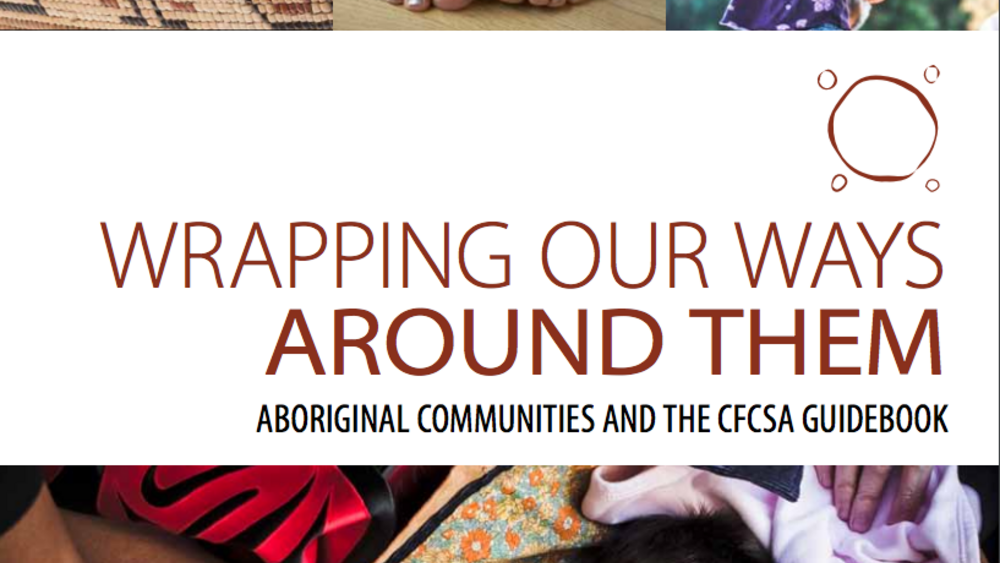
Wrapping Our Ways Around Them: Aboriginal Communities and the CFCSA Guidebook
This Guidebook is based on the belief that Aboriginal peoples need to know, and work with, the systems that impact children and families today such as the Child, Family and Community Service Act (CFCSA), Provincial Court (Child, Family and Community Service Act) Rules (Rules), Child, Family and…
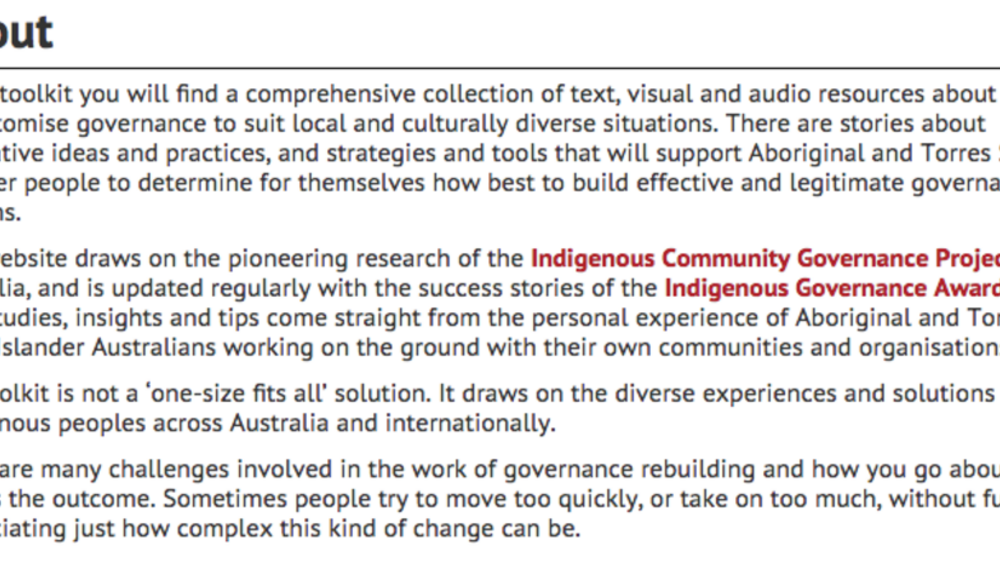
Indigenous Governance Toolkit
The Indigenous Governance Toolkit is an online resource developed for Indigenous nations, communities, individuals and organisations searching for information to build their governance. It covers all the basics — your rules, values, culture, membership, leadership, and decision making — and has…
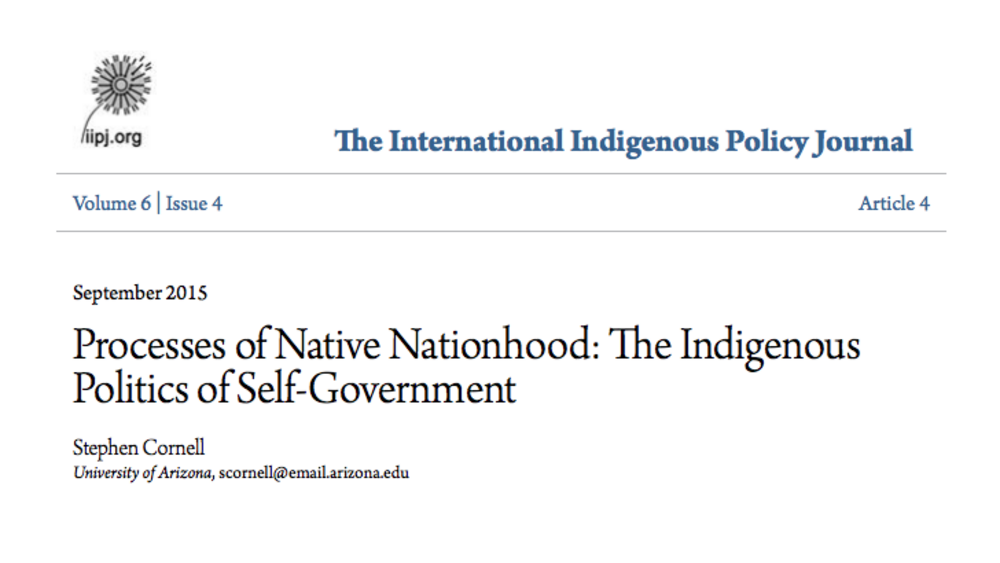
Processes of Native Nationhood: The Indigenous Politics of Self-Government
Over the last three decades, Indigenous peoples in the CANZUS countries (Canada, Australia, New Zealand, and the United States) have been reclaiming self-government as an Indigenous right and practice. In the process, they have been asserting various forms of Indigenous nationhood. This article…

Considerations in Implementing VAWA's Special Domestic Violence Criminal Jurisdiction and TLOA's Enhanced Sentencing Authority: A Look at the Experience of the Pascua Yaqui Tribe
On February 20, 2014, pursuant to the Violence Against Women Reauthorization Act of 2013 (VAWA 2013), the Pascua Yaqui Tribe was one of only three Tribes across the United States to begin exercising Special Domestic Violence Criminal Jurisdiction (SDVCJ) over non-Indian perpetrators of domestic…

On Improving Tribal-Corporate Relations In The Mining Sector: A White Paper on Strategies for Both Sides of the Table
Mining everywhere is inherently controversial. By its very nature, it poses hard economic, environmental, and social tradeoffs. Depending on the nature of the resource and its location, to greater or lesser degrees, the mining process necessarily disturbs environments, alters landscapes, and…
Pagination
- First page
- …
- 9
- 10
- 11
- …
- Last page
